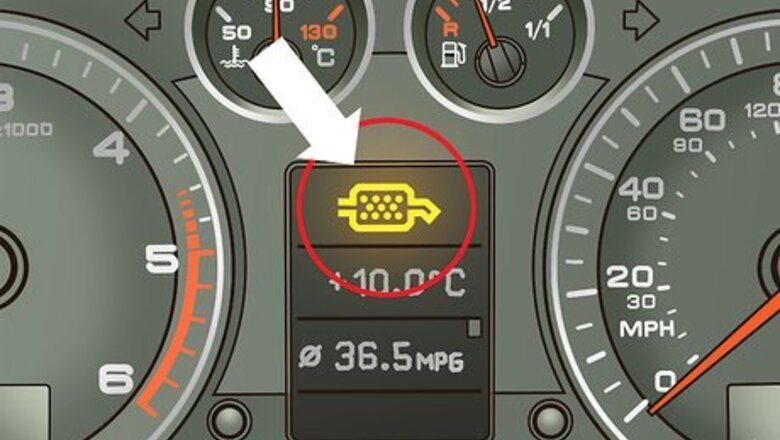
views
Using Active Regeneration
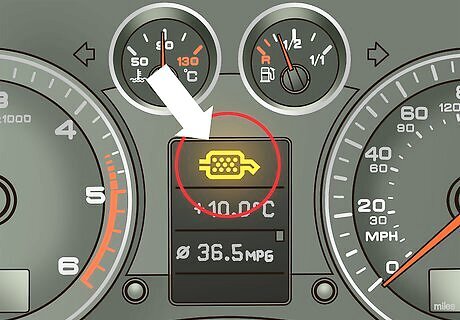
Watch for the DPF symbol, which indicates that it needs cleaning. Check the dash panel for a small, yellow or orange rectangular warning symbol with circles in the center. This symbol shows that the DPF soot has built up to a possibly damaging level. Always clean the DPF immediately when you see the warning symbol. The warning symbol also shows that passive regeneration didn't work. This process automatically burns off carbon soot particles. However, it only happens when the exhaust temperature is very warm for a long time. Passive regeneration is unlikely if you make frequent, short trips rather than long drives.

Drive over 40 mph (64 kph) to begin active regeneration. Find a long, flat stretch of road or a highway where needing to slow down or stop is unlikely. Begin driving and pay attention to both the engine and vehicle speed. Try to keep the engine speed around 2500 rpm. Active regeneration increases the temperature in the DPF to turn the particles into gas which can be expelled. These speeds are general guidelines. Check your vehicle handbook to find the best practice for your vehicle.
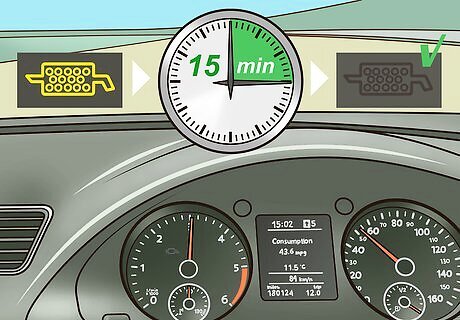
Drive for approximately 15 minutes until the warning symbol disappears. Continue driving at a constant rate. The warning symbol goes out when active regeneration is done. Active regeneration typically takes 5 - 25 minutes, depending on the make and model of your vehicle. Active regeneration needs fuel to work, so make sure that you have at least 5.3 US gal (20 L) of fuel in the tank. This is around 1/4 full.
Using Cleaning Additives
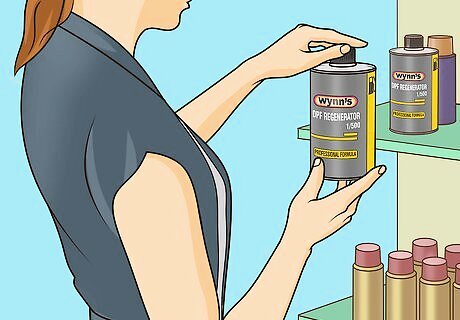
Purchase a DPF cleaning additive to help clear the ash and soot. This bottle of fluid is designed to break down the ash and soot that's clogging the filter. Visit your local motor supply store or look online to purchase a cleaning additive. These products usually cost from $13 (USD) to $26 (USD). DPF cleaning additives contain fuel borne catalysts. These experience a combustion process to eliminate the soot and ash. Use the cleaning additive every 3 - 6 months to maintain the DPF. Check the vehicle handbook to see how often you should use an additive for your particular vehicle.
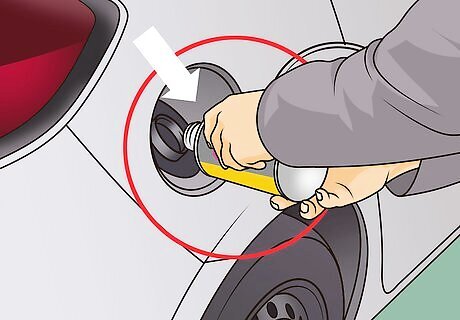
Pour the cleaning additive directly into the fuel tank. Read the label on the bottle of the cleaning additive and follow the manufacturer's directions carefully. Turn off your vehicle, open the fuel tank and insert the nozzle of the cleaning additive. Pour the required amount of the product into the tank and then replace the fuel cap and door.

Drive your vehicle for 15 - 30 minutes to get the additive running. Begin driving your vehicle as you normally would. The cleaning additive starts working regardless of the engine and vehicle speed. If the DPF warning light was on before you used the additive, the symbol should disappear after your drive. Take your car to a mechanic to get the DPF professionally cleaned if the warning light doesn't go away, as the filter will need to be removed for cleaning.
Maintaining a DPF
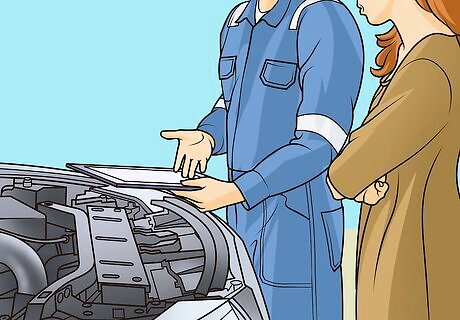
Take your vehicle to a mechanic if the DPF warning symbol remains. Check if the DPF warning symbol disappeared after trying active regeneration or a cleaning additive. If the symbol remains or if a warning lamp symbol lights up, the DPF must be professionally cleaned. Drive immediately to a mechanic before any damage is caused. The mechanic will clean the DPF using forced regeneration. This can be an expensive procedure, however, it's cheaper than replacing the DPF.
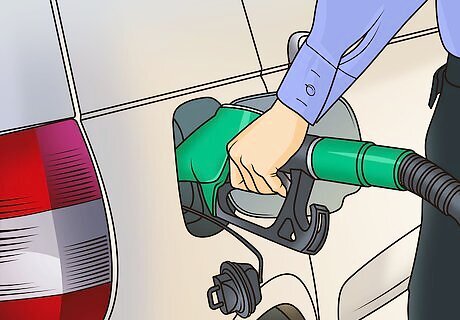
Use branded, high-quality fuel to help keep the DPF clean. Always use branded fuel, as it contains additives designed to keep your vehicle running smoothly. Avoid unbranded fuel, as it may be lower quality, which can harm the DPF.
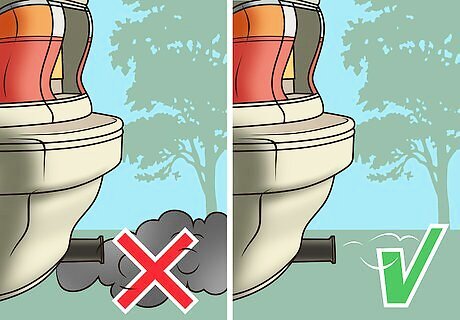
Keep the DPF in your vehicle at all times to avoid fines. Although it may seem easier or cheaper to simply take the DPF out of your vehicle rather than getting it cleaned, this can cause more problems. Driving without a DPF is illegal in many locations and a vehicle without one won't pass inspections. The only time that a DPF can be removed is for repair work by a qualified mechanic. Never attempt to remove the DPF to repair it yourself, as this requires extensive, expert knowledge and equipment.




















Comments
0 comment